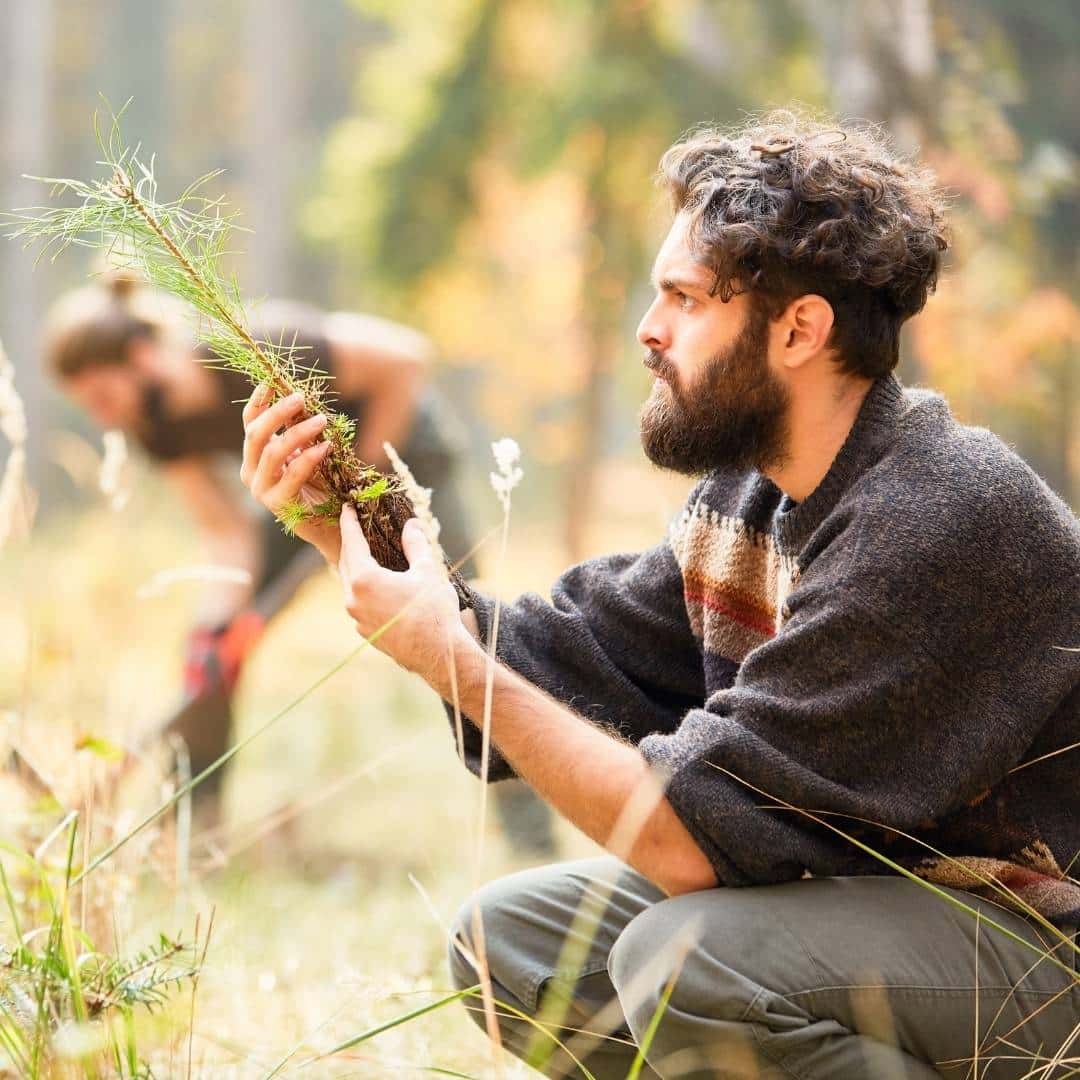What are Urban Forested Natural Areas?
The dense, natural stands of trees within our cities create unique opportunities.
August 18, 2022 | Brittany Wienke, formerly with the Natural Areas Conservancy
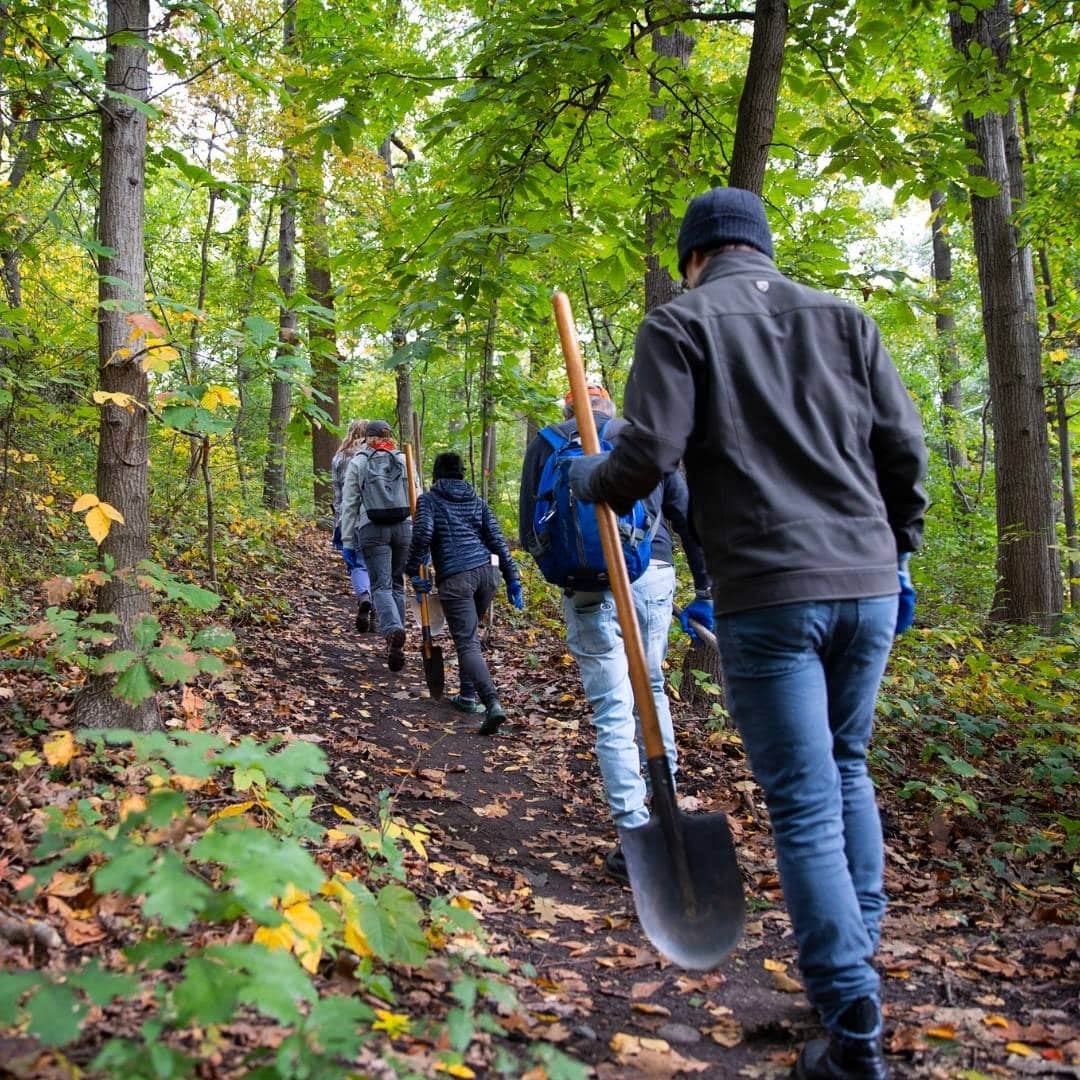
Urban forested natural areas look and feel like the woods: trees are the dominant form of vegetation, natural regeneration takes place and is often how dead trees are replaced, and there is no regular management to prevent regeneration from growing (e.g., mowing). Forested natural areas are common in urban areas, ranging in size from less than 1 acre to several hundred acres, and account for over 1 million acres in U.S. cities alone.
Cities across the United States usually contain landscaped parks, street trees, and natural areas, often collectively referred to as “the urban forest.” The trees in these various spaces are very different from each other. For example, street trees and trees in landscaped parks receive care on an individual basis using arboriculture practices and are generally replaced with planted trees when they die.
At left: Volunteers heading out to plant trees in Forest Park, Queens NYC. Photo credit: Pamela Pasco
In contrast, the complex, multi-strata structure of urban forested natural areas is similar to rural forests and is governed by similar ecological processes. Also like rural forests, urban forested natural areas provide a suite of important ecosystem services: carbon capture and storage; urban heat mitigation; removal of air pollution and particulates; stormwater capture; and habitat for biodiversity. Due to their proximity to more people, urban forested natural areas offer disproportionally high benefits in comparison to rural forests areas, and because of their complex structure, they also offer benefits at a higher rate than other types of urban forest.
Busting Common Myths About Urban Forested Natural Areas
Urban forested natural areas are often mistakenly presumed to be small, degraded patches of vegetation, dominated by non-native invasive species. However, a 2021 survey of 12 cities across the United States showed that many natural areas are in fact dominated by native species and are in high ecological health. An in-depth ecosystem assessment of New York City’s natural areas showed that the majority of the natural area canopy is composed of native species, and stores carbon at a rate comparable to rural forests.
Another common misconception around forested natural areas in cities is that the forests will “take care of themselves.” When faced with the challenge of prioritizing different municipal projects, officials often relegate forested natural areas to the bottom of the list, assuming that the trees will just keep growing another year. Though many forested natural areas are in good health, the pressures of the surrounding urban environment, magnified by the effects of climate change, mean that care and management must be ongoing. Without proactive, long-term management and care, the health of these natural areas may decline, along with the benefits they provide.
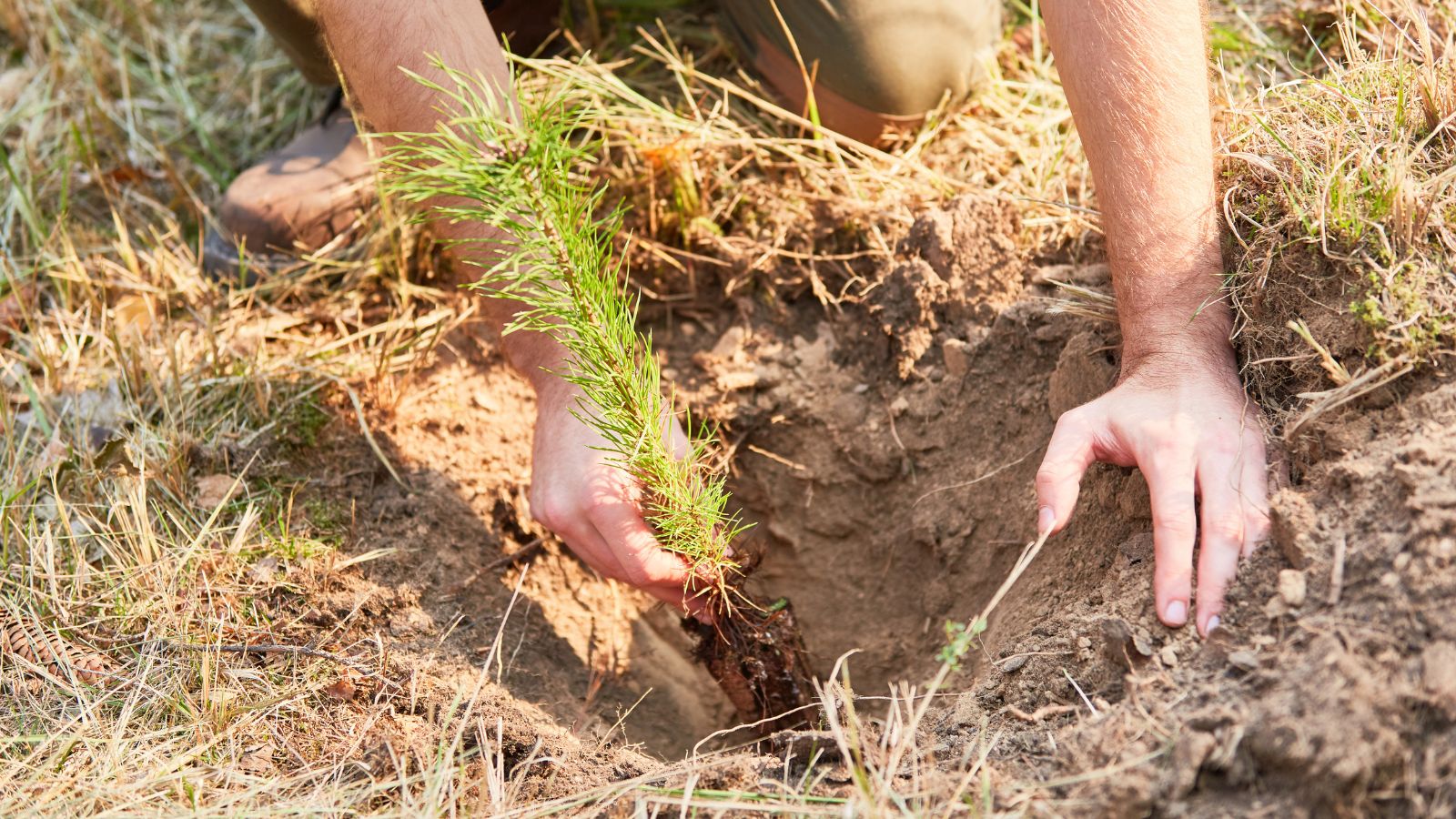
What Is Silviculture and Why Is It Needed in Cities?
Silvicultural practice involves growing, tending to, and removing trees in a thoughtful way with stated forest goals in mind. Typically, silviculture is framed as a series of interventions conducted in forests over time, often decades, to reach these goals.
In rural settings, common forest goals can include creating habitat for wildlife, increasing carbon sequestration and storage in trees, or timber extraction. In cities, common forest goals include increasing tree canopy and canopy closure, sustaining species diversity, and providing ecosystem services. Silviculture can be used to achieve these goals as well as reduce the prevalence of non-native invasive species, enhance a forest’s climate resilience, and restore a native ecosystem type after decades of neglect.
Because of its ability to achieve a wide suite of goals, silviculture is already practiced in many cities across the United States. In some cases, the silviculture happening in cities is called “silviculture.” Other practitioners may use different language to describe it, including “forest restoration,” “forest management,” “ecological restoration,” or simply, “conservation.” Silviculture provides a framework that may unify these activities.
Recognizing ongoing work as silviculture might reframe management activities into a comprehensive strategic plan. This can allow practitioners to think through what they’re already doing and use silviculture as a framework to identify gaps in data or planning. Identifying management activities as silviculture could allow practitioners to access a deep body of knowledge and scientific research.
Urban silviculture can also help translate work in urban areas to language that is commonly used by rural foresters who are working in similar forest types. It can act as a bridge across siloed efforts by making learnings from rural forests more accessible to urban forest managers. Learning and sharing from urban to rural settings is becoming more important as “urban” challenges (fragmentation, non-native and invasive species, and magnified effects of climate change) become increasingly common in rural landscapes.
.
Resources on Urban Silviculture
You can find more information about the exciting, emerging field of urban silviculture in the Forests in Cities Resource Library. This publicly-accessible, easy-to-use online library contains peer-reviewed research, forest management plans, land and project assessment protocols, and more. Forests In Cities members contributed more than 100 resources to get started, and new resources are added weekly. This is the first digital library that collects and curates resources specifically for forested natural areas in cities.
If you have questions about urban forested natural areas or the Forests in Cities Resource Library, please reach out to Sophie Plitt (sophie.plitt@naturalareasnyc.org).
PlanIT Geo’s Urban Forestry Consultants can help programs incorporate the unique needs and opportunities of naturally forested areas into management plans. To start a conversation about how this could work in your community please get in touch.
Related Resources
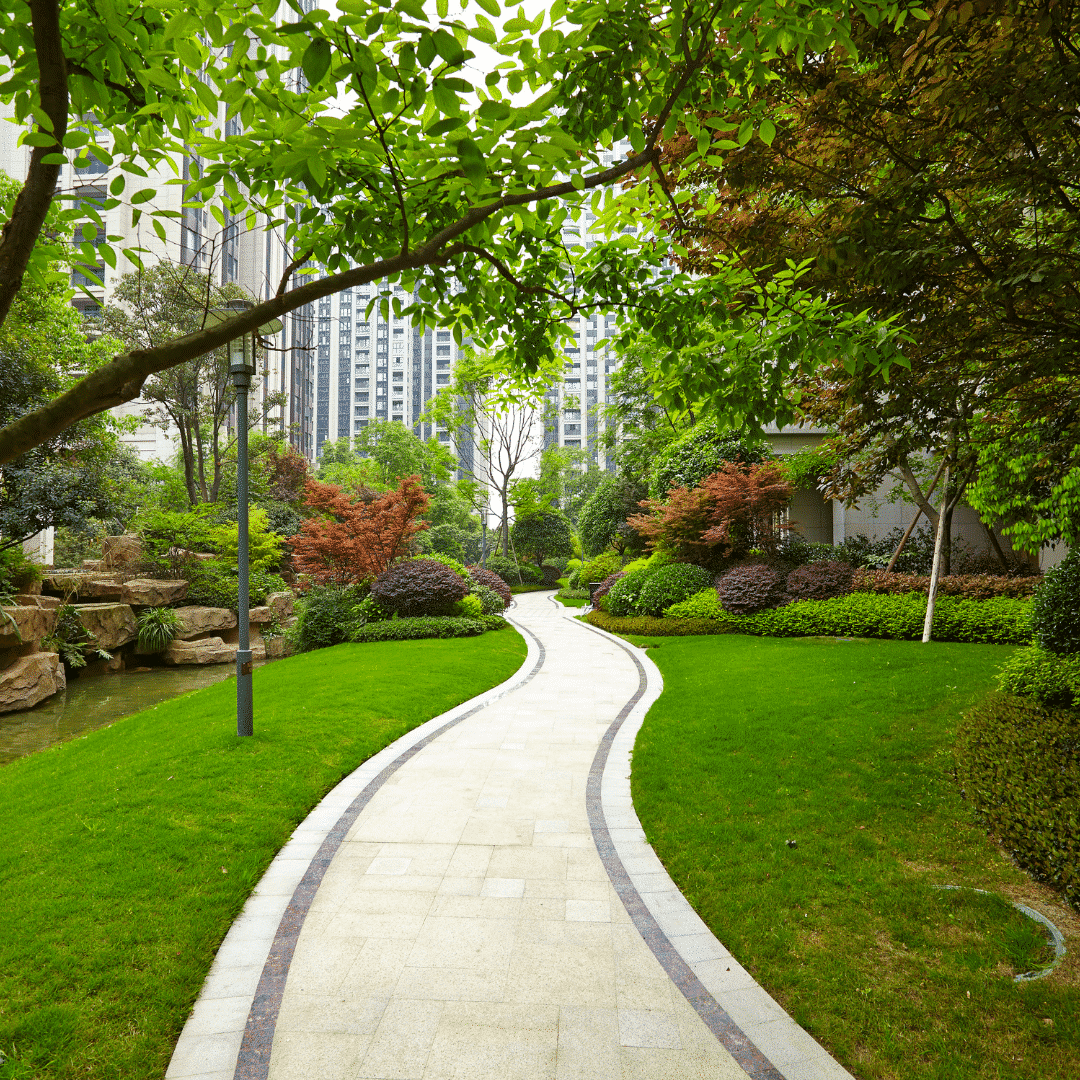
The Unique Value of Forest Patches Within Cities
There are 1.7 million acres of natural forested land embedded within U.S. cities. These forest patches are unique spaces in cities and provide a raft of benefits to urban residents, such as carbon sequestration and storage, stormwater capture, and air purification to provide a place that enhances mental health and social cohesion. But despite their prevalence in cities and importance, these forests are often underfunded and lack consistent management.
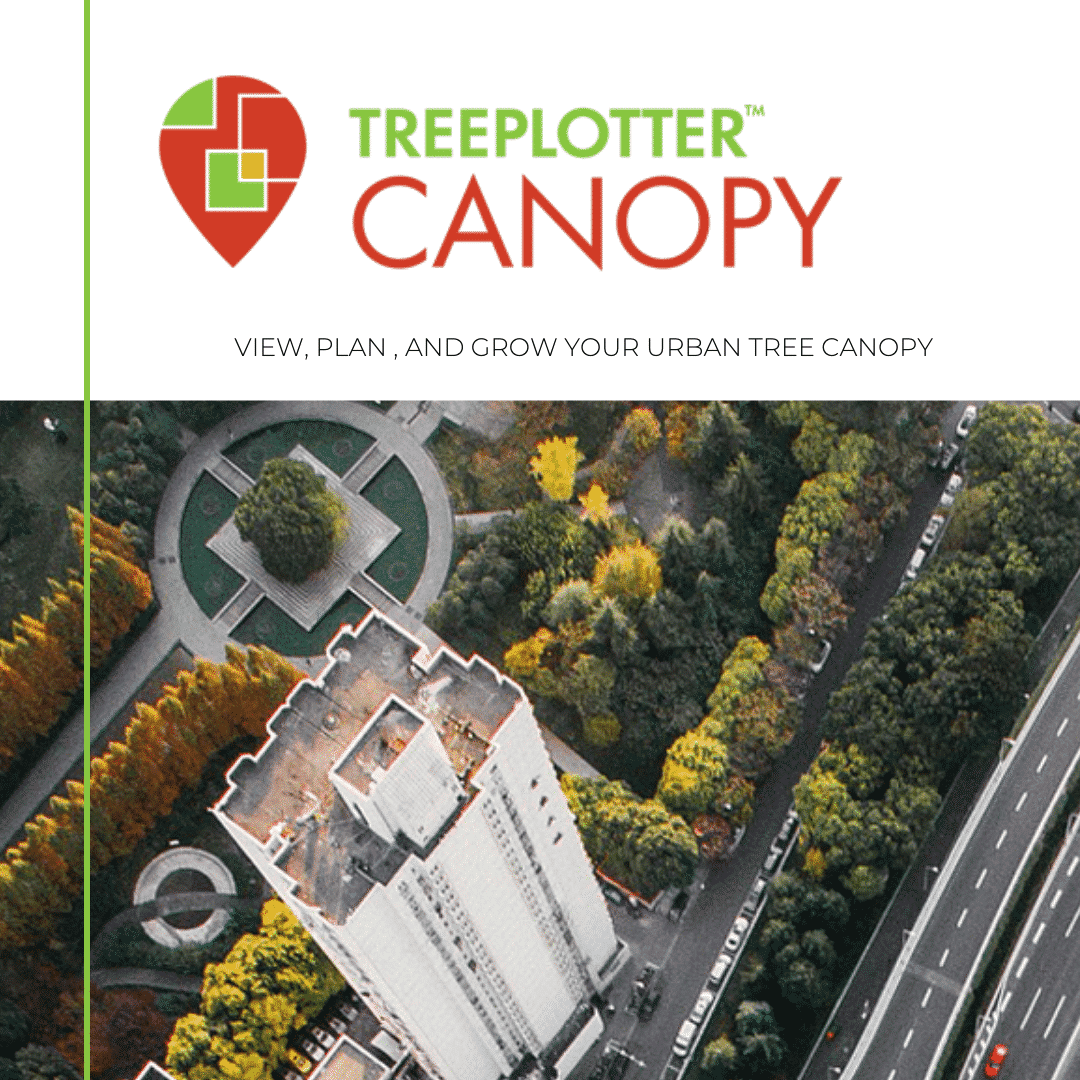
AI-Driven Tree Canopy Assessments Ready Tomorrow
Mapping and analyzing your urban tree canopy data should be easy and affordable so you can spend more time on planning, management, operations, and community engagement tasks.
Make more time for what’s important by utilizing AI-driven tree canopy data to assess your urban forest.
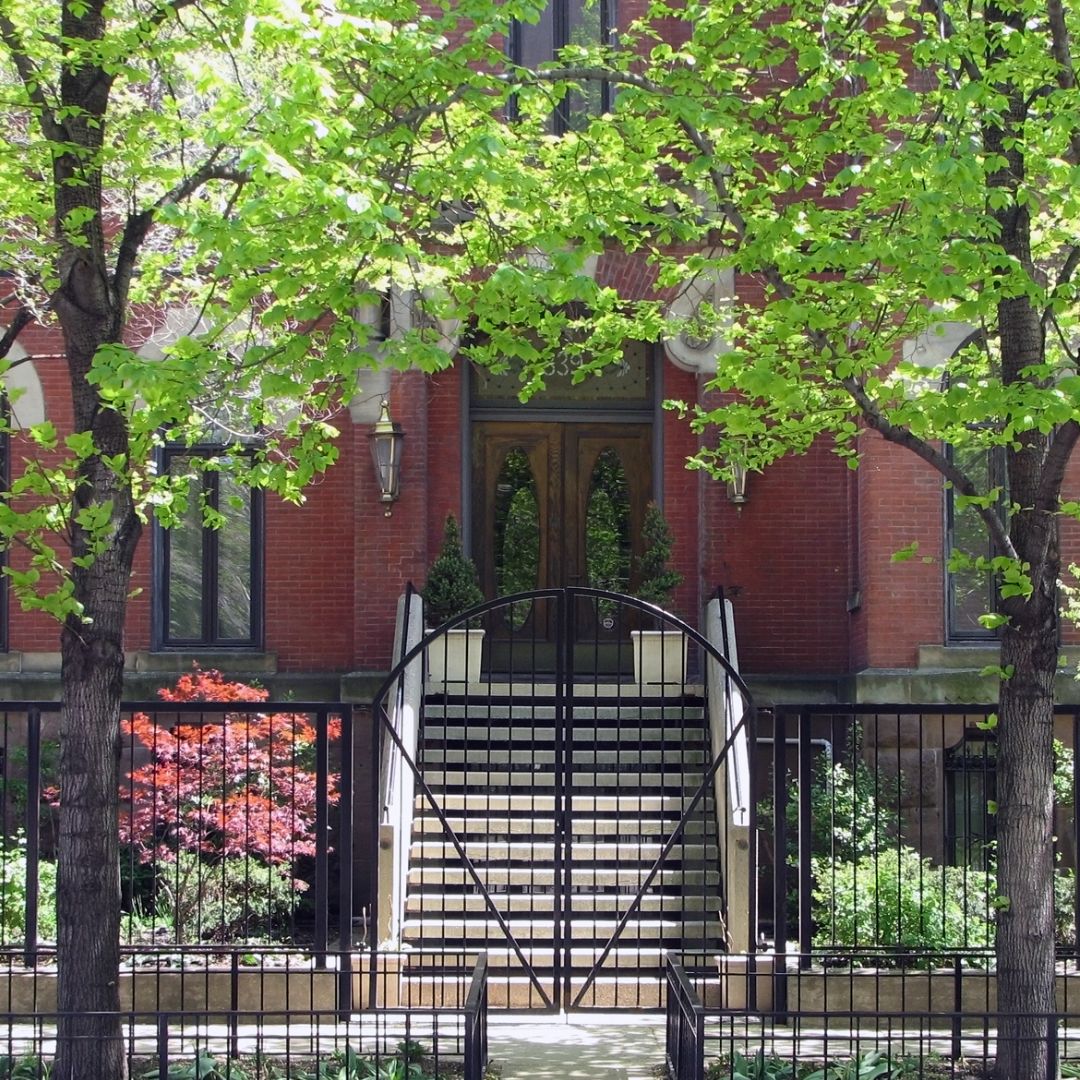
Leveraging the Health Benefits of Nature
Urban residents often have limited access to nature, which is a problem because there is extensive research connecting nature exposure with positive health impacts. Our newest partner, NatureQuant™ developed NatureScore™, which blends various datasets together to measure the predictive health impacts created by the quantity and quality of nature within a given area.
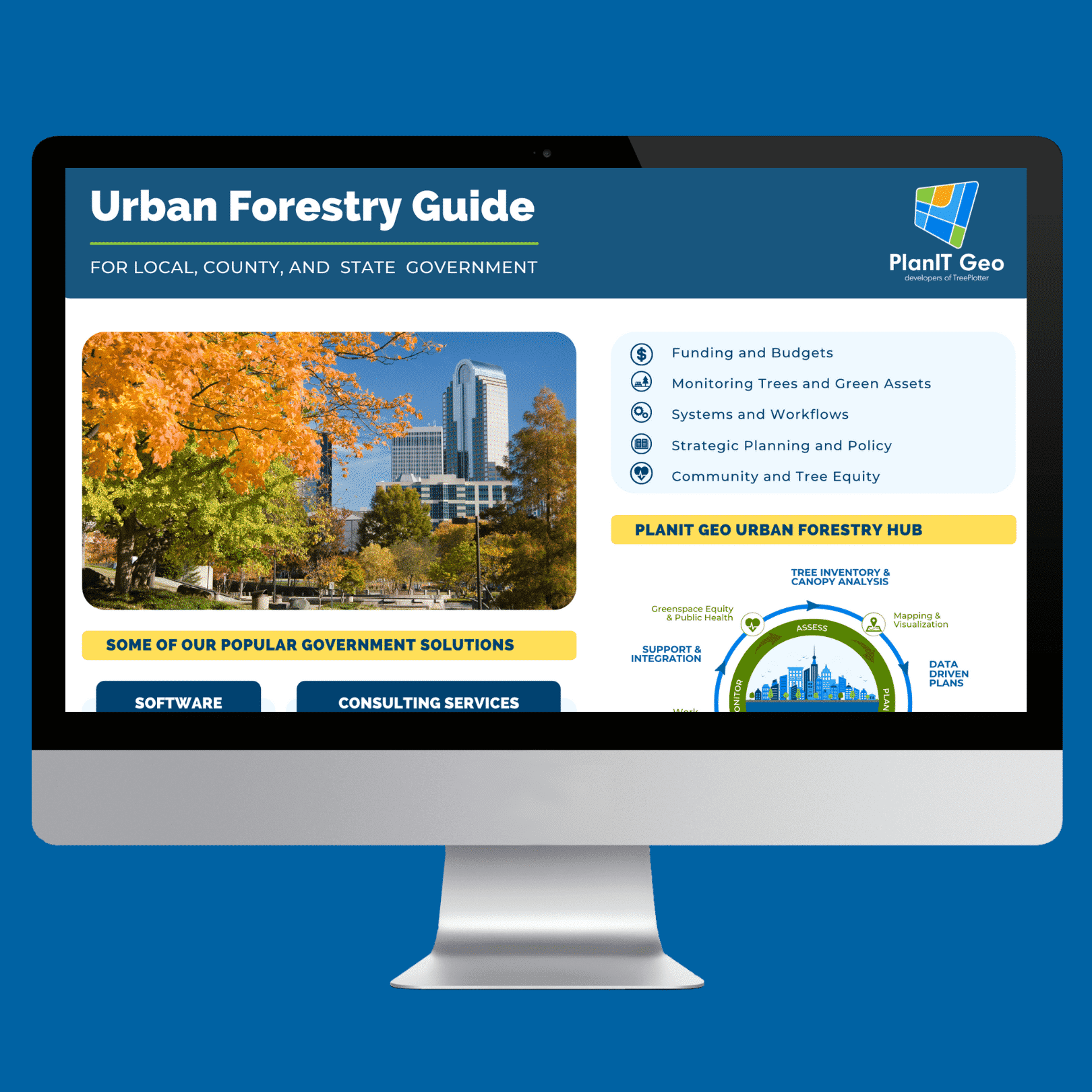
Municipal Urban Forestry Guide
FOR LOCAL, COUNTY, AND STATE GOVERNMENT: Get to know the solutions that PlanIT Geo uses to support local, county, and state governments across the country.
Stay Up To Date With The Latest News and Events
Join Our Community
Stay informed on the urban forestry industry with our monthly TREEbune newsletter, live webinars, and industry-specific content delivered to your inbox.
Urban Forestry Webinars
PlanIT Geo has a substantial on-demand webinar library. Get CEU credits, grow your knowledge base, and stay current on cutting edge industry technology.
Follow Us
We love to share industry-related news, software tutorials, blogs, and company news across our social channels.
Stay Up To Date With The Latest News and Events
Join Our Newsletter
Stay informed on the urban forestry industry with our monthly TREEbune newsletter, live webinars, and industry-specific content delivered to your inbox.
Urban Forestry Webinars
PlanIT Geo has a substantial on-demand webinar library. Get CEU credits, grow your knowledge base, and stay current on cutting edge industry technology.
Follow Us
We love to share industry-related news, software tutorials, blogs, and company news across our social channels.

